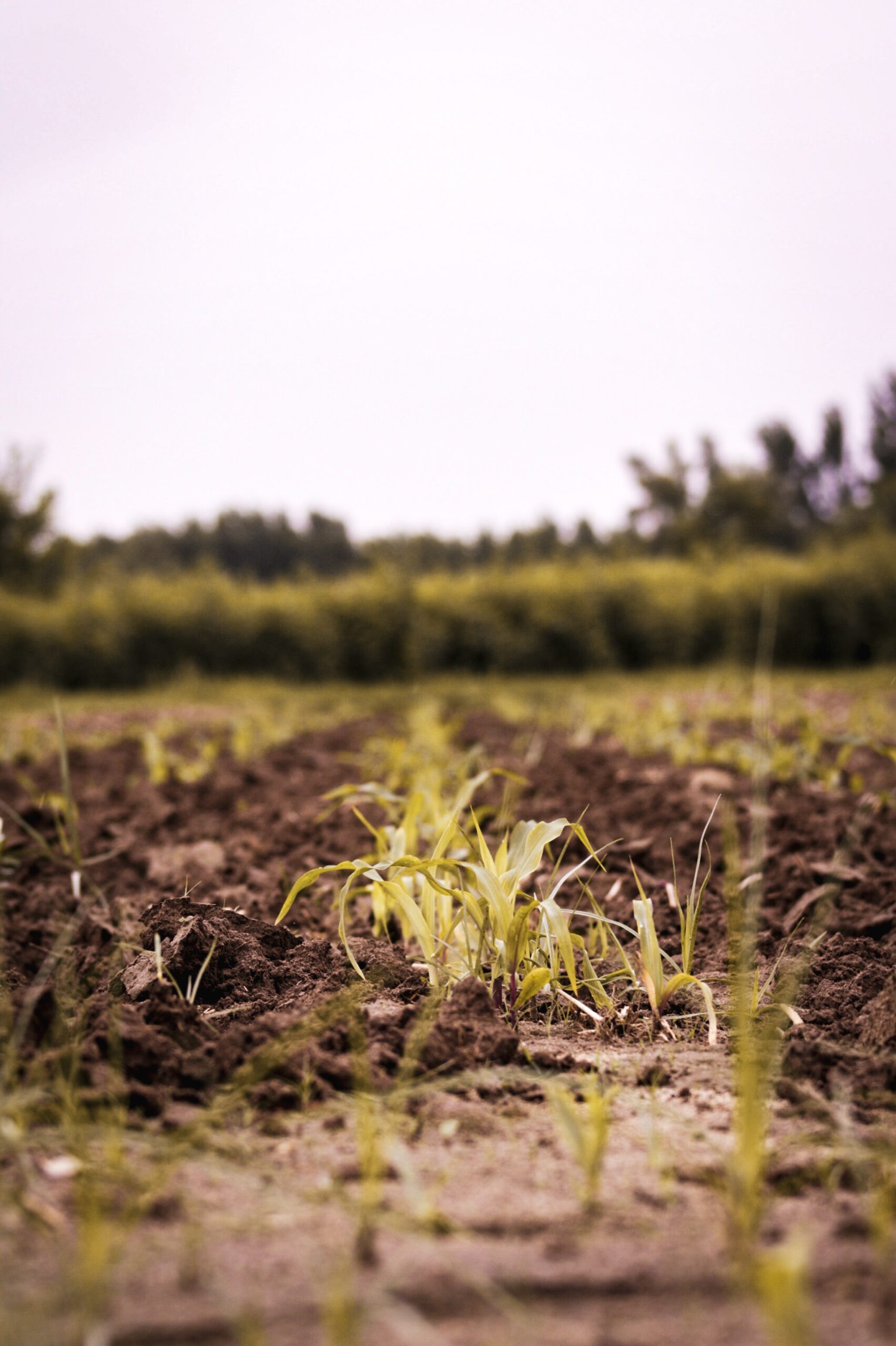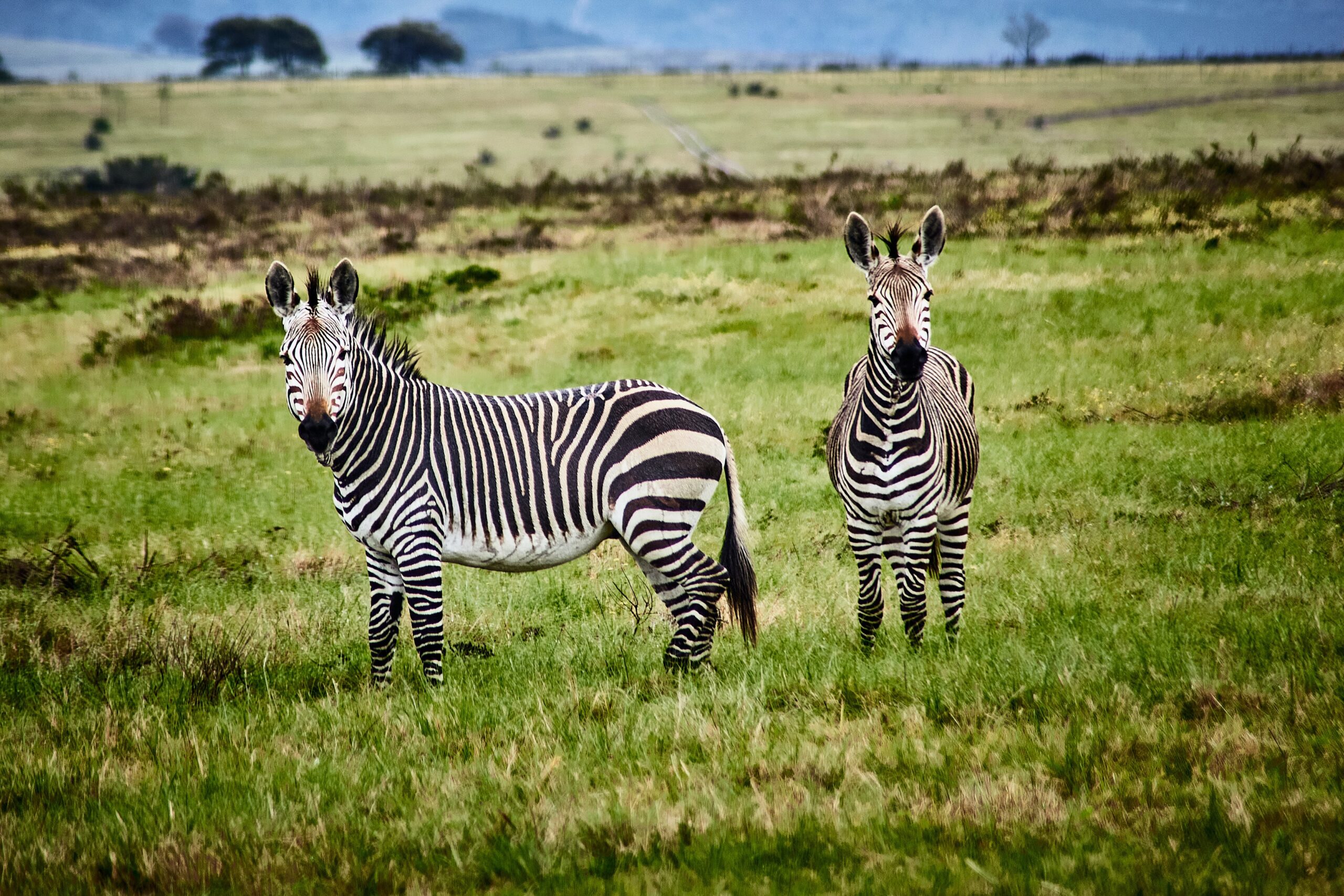Climate change and drought phenomena impacts have become a growing concern for water resources engineers and policy makers, mainly in arid and semi-arid areas. This study aims to contribute to the development of a decision support tool to prepare water resources managers and planners for climate change adaptation. The Hydrologiska Byråns Vattenbalansavdelning (The Water Balance Department of the Hydrological Bureau) hydrologic model was used to define the boundary conditions for the reservoir capacity yield model comprising daily reservoir inflow from a representative example watershed with the size of 14,924 km2 into a reservoir with the capacity of 6.80 Gm3. The reservoir capacity yield model was used to simulate variability in climate change-induced differences in reservoir capacity needs and performance (operational probability of failure, resilience, and vulnerability). Owing to the future precipitation reduction and potential evapotranspiration increase during the worst case scenario (−40% precipitation and +30% potential evapotranspiration), substantial reductions in streamflow of between −56% and −58% are anticipated for the dry and wet seasons, respectively. Furthermore, model simulations recommend that as a result of future climatic conditions, the reservoir operational probability of failure would generally increase due to declined reservoir inflow. The study developed preparedness plans to combat the consequences of climate change and drought.
Adaptation strategy to mitigate the impact of climate change on water resources in arid and semi-arid regions: A case study
Year: 2017

































































































































































































































































































































































































































































































































































































































































































































































































































































































































































































































